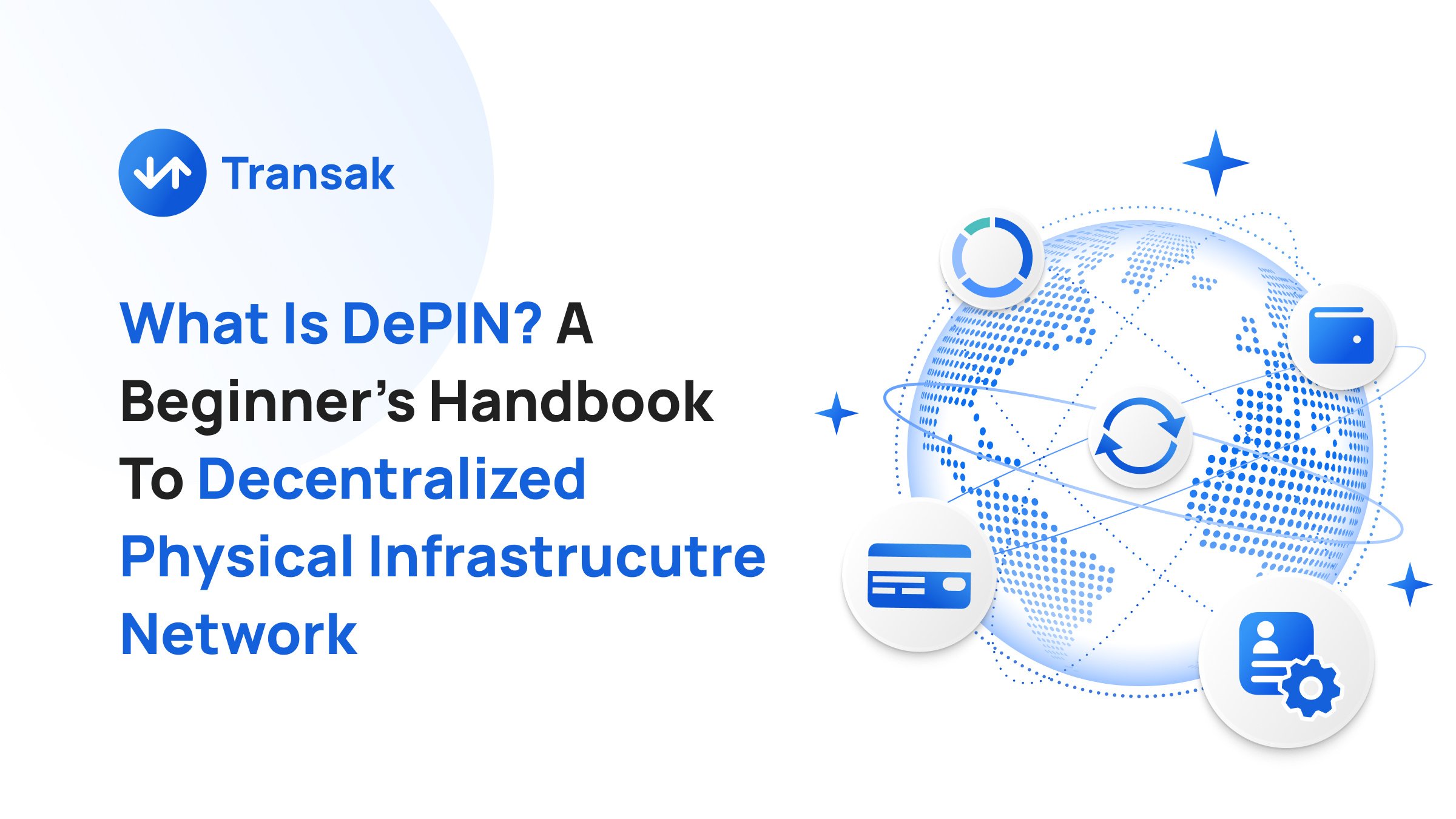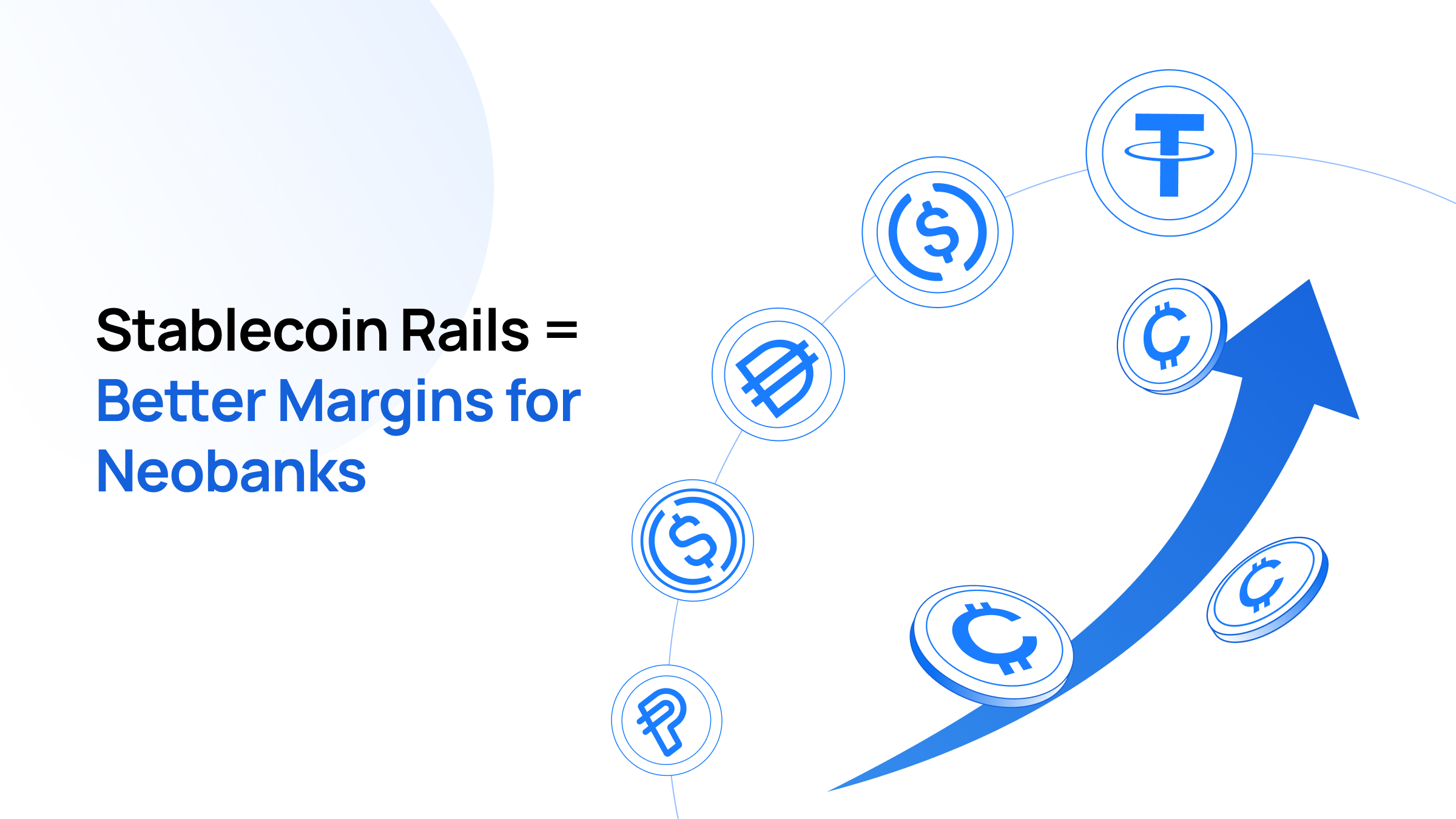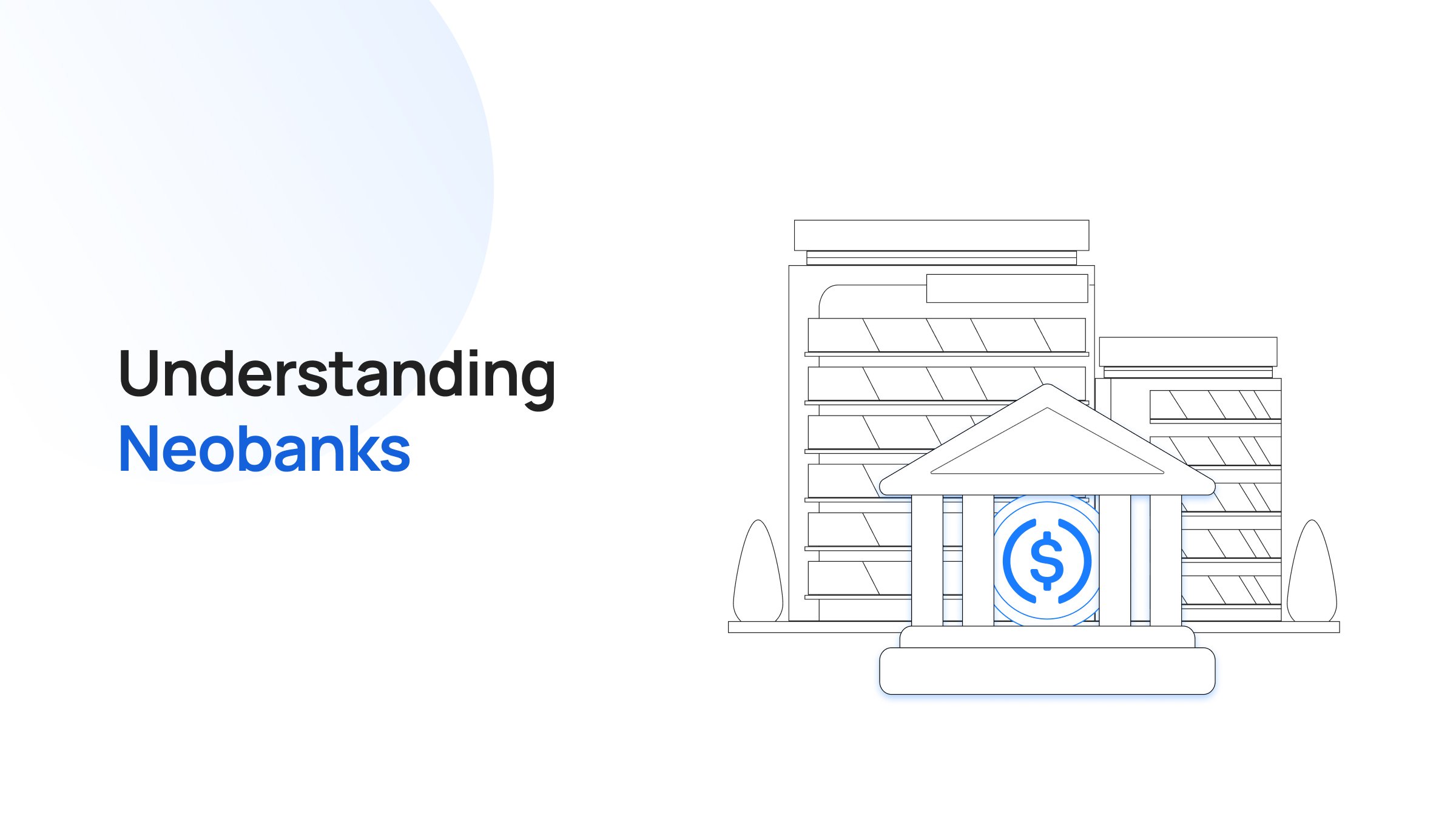DePIN acts as a bridge between the digital and physical world, enabling decentralized infrastructure to power real-world applications by leveraging blockchain technology for trustless collaboration.
The term “DePIN” was not widely used until Messari published about it in Crypto Theses 2023, where DePIN was listed among the top 10 trends in DAOs and web3. Different acronyms, such as EdgeFi, token-incentivized physical networks (TIPIN), and Proof of Physical Work (PoPW), were used to describe the new sector.
Messari even conducted an X poll to reach a consensus that a single acronym from PoPW, TIPIN, EdgeFi, and DePIN can represent this sector. With 31.6% votes, “DePIN” won the poll, and this term was used in their annual theses, research reports, and others, helping to gain widespread recognition.
According to Dune's data, as of October 2024, there were over 280 DePIN projects across 18.23 million devices, constituting a total market cap of more than $28.6 billion. The growth in major DePIN categories, including compute and storage, played a crucial role in helping its market cap surpass the milestone of $25 billion in February 2024.
In this article, we'll discuss what is DePIN, its different types, how it works, the DePIN flywheel model advantages, challenges, use cases, and major sectors with real-world examples.
What Is DePIN?
DePIN connects physical and digital infrastructure with blockchain technology to enable trustless and transparent coordination. In this decentralized model, the ownership, governance, and control of these assets are proportionately distributed among the participants instead of relying on a centralized system or authority.
Following the increased demand in the DePIN sector, fundraising has risen to $578 million as of September 2024. Compared to the mere $46 million in funding in 2019, this sector has witnessed over 1150% growth within five years.
Users can provide useful resources from their physical or digital assets to earn token rewards or other beneficial incentives through transparent smart contracts.
For example, a person or institution with an underutilized infrastructure that provides energy can leverage DePIN to distribute it to other members and earn token rewards based on the community's usage and demand.
Types of Decentralized Physical Infrastructure Networks (DePINs)
DePINs are classified into two types:
- Physical Resource Networks (PRNs)
- Digital Resource Networks (DRNs)
Physical Resource Networks (PRNs)
PRNs include tangible and location-based resources, which consist of hardware components like sensors, processors, or devices for operational efficiency.
These resource networks facilitate the distribution of energy, network connectivity, geospatial data, and more.
An example of a PRN is Hivemapper, a decentralized global mapping network that collects map data from users. The users are rewarded with Hivemapper's HONEY token for contributing to the development of high-quality street-level mapping.
Digital Resource Networks (DRNs)
DRNs work following the deployment of digital resources like computing power, data storage, or any other digital services that are not location-dependent.
The operational and maintenance costs of DRNs are lesser as they can be easily scaled and managed remotely, reducing the need for physical infrastructure and on-site personnel.
For example, the Orchid platform functions as a decentralized marketplace for VPN providers and users worldwide. Based on their usage and bandwidth demand, users can pay for VPN services with OXT, Orchid's native ERC-20 token.
How Do DePINs Work?
DePINs work based on the proper functioning of the four components:
- Blockchain architecture
- Token rewards
- Physical infrastructure
- Off-chain network
Let’s take a look at each component.
1. Blockchain Architecture
DePINs use blockchain not just for recording transactions, but as a foundational coordination mechanism. Smart contracts automate governance, access control, and even incentivization schemes.
The choice of blockchain (e.g., Ethereum, Solana, Polkadot) significantly impacts a DePIN's capabilities. Factors like transaction speed, cost, and smart contract functionality are critical considerations.
As DePINs often involve diverse devices and data sources, cross-chain interoperability becomes essential for seamless information flow and value transfer.
2. Token Rewards
Tokens are the lifeblood of DePINs, driving network participation and resource allocation. They can represent ownership, access rights, or even computational power within the network.
A well-designed token economy is vital for long-term sustainability. This includes token distribution, utility, and mechanisms to ensure price stability and resist manipulation.
DePINs are exploring innovative token models beyond simple utility tokens. Examples include:
- Non-Fungible Tokens (NFTs): To represent ownership of specific physical assets within the network.
- Governance Tokens: To grant voting rights and influence over the DePIN's development.
3. Physical Infrastructure
This is the tangible aspect of DePINs, encompassing a wide range of assets: sensors, wireless networks, storage devices, processing units, and more.
Ensuring the integrity and reliability of data from physical devices is paramount. This involves secure hardware, tamper-proof mechanisms, and robust data validation protocols.
Scaling physical infrastructure presents unique challenges compared to digital systems. DePINs must address issues like geographical distribution, maintenance, and upgradeability of devices.
4. Off-Chain Network
This component connects the blockchain with the physical world, enabling data transmission and control of devices.
Off-chain networks are designed to handle high-volume data streams and real-time interactions, which may be impractical on the blockchain itself.
DePINs utilize various off-chain solutions:
- Decentralized storage networks (IPFS, Arweave): For storing large datasets.
- Peer-to-peer communication protocols (libp2p): For direct device interaction.
- Oracles: To provide reliable external data feeds to the blockchain.
How DePINs Achieve Consensus
DePINs, with their unique blend of physical and digital elements, require specialized consensus mechanisms to ensure the integrity and reliability of the network.
Unlike purely digital systems, DePINs rely on data from physical devices, which can be unreliable, prone to tampering, and difficult to verify. They also often involve a wide variety of devices with different capabilities and communication protocols, making consensus more complex.
While traditional blockchain consensus mechanisms like Proof-of-Work (PoW) and Proof-of-Stake (PoS) can be adapted for DePINs, they often require modifications or supplementary mechanisms to address the above challenges.
Proof of Physical Work (PoPW)
This innovative approach ties consensus to verifiable physical work performed by devices in the network. For example, a sensor providing accurate environmental data could be rewarded for its contribution to the consensus process.
Helium Network, for instance, uses a variation of PoPW where hotspots provide wireless coverage and validate transactions based on their radio signal strength and location.
XYO Network rewards users for collecting location data through their mobile devices, contributing to a decentralized location network.
Proof Of Stake With Device Reputation
“Stake Weighted by Trust” is a model In which devices with a higher reputation or proven track record are given more weight in the consensus process. This encourages good behavior and discourages malicious actors.
DePINs can also implement decentralized reputation systems based on factors like data accuracy, uptime, and responsiveness.
Edge Network, for example, uses a reputation system where nodes earn "karma" based on their performance, influencing their stake and participation in consensus.
What Is The Decentralized Physical Infrastructure Network (DePIN) Flywheel?
The DePIN flywheel is the the incentivizing system associated with DePIN. It encourages a large number of providers to utilize underused resources to generate rewards.
As the project grows, it will offer incentives to attract users, such as early adopter rewards or referral bonuses. These incentives are key to building a strong user base and creating a positive network effect, which will drive more adoption as the platform becomes more attractive to new users.
More users on the DePIN network mean more demand for the service, making the network more valuable. This increased demand creates a self-reinforcing cycle where the growing user base drives more engagement, attracting even more users to the ecosystem and further enhancing its value.
As demand for the service increases, the value of the token goes up. This increase in token price attracts more investors and incentivizes individuals and organizations to contribute to the network. The growing network capacity can support more users, which in turn attracts more investment and drives further development and growth.
Advantages of Decentralized Physical Infrastructure Networks (DePINs)
Budget Friendly
The absence of intermediaries allows projects to provide their physical or digital services to users at a much lower price range. The flexibility that the users get to choose selected quality, such as low storage space, helps them save high costs from heavy centralized data subscription services.
The availability of large users and minimal operating costs also enables service providers to come up with economical plans.
Enhanced Accessibility
With the introduction of DePINs, users now have the privilege to distribute their services even while operating in any remote corner of the world. Most importantly, users with minimal infrastructure, such as an internet connection and a supportive device, from any part of the globe can avail of the services seamlessly.
This global reach democratizes access to technology, allowing even underserved areas to participate in the digital economy.
Improved Security and Transparency
The involvement of blockchain technology in DePIN ensures complete transparency in the overall transactions and data flow management. The absence of centralized authority also improves security as decentralized structures deter the possibilities for manipulation and single points of failure.
The high level of security and transparency within the DePIN ecosystem helps to foster trust and confidence among projects, service providers, and receivers alike.
Economic Empowerment
Prior to the emergence of DePINs, the economic feasibility of unused physical and digital resources was largely untapped and underutilized. With DePINs, service providers now have significant potential to utilize their resources to generate sustainable income from simple operations.
The introduction of crypto token rewards and participation incentives facilitates economic growth and empowerment of individuals and enterprises in underserved communities worldwide.
DePIN Use Cases
Data Storage
Projects offer data in smaller portions to a large number of users, ensuring decentralized and secure storage. This distribution method reduces the risk of data breaches, enhances redundancy, and allows users to contribute storage capacity for rewards.
Energy Distribution
DePIN can also address the ever-growing demand for energy by connecting individuals or entities producing surplus energy with potential customers. This decentralized model enables more efficient energy distribution, reduces wastage, and promotes sustainable energy practices across regions.
Wireless Networks
DePIN enables decentralized wireless networks by allowing users to contribute unused bandwidth and infrastructure. This contribution creates a more resilient, accessible, and affordable network with reduced reliance on centralized providers.
Major DePIN Sectors Featuring Notable Projects
Storage Networks
In the case of decentralized storage, the DePIN project works based on the P2P network model, where data is collected from numerous storage providers. After the data collection process, the project shards and encrypts the data before distributing it among the users, ensuring safety, privacy, lower cost, and more.
Filecoin, with a market cap of over $2 billion, is an ideal example of the DePIN project from the storage sector. This project functions as an open market for storage, where storage providers receive FIL tokens for their contributions.
Compute Networks
Compute networks offer decentralized computing resources that help users perform high-intensity computational tasks that are not feasible to execute using normal personal devices or traditional cloud services. These projects provide scalable computing power, enabling tasks like machine learning, large-scale simulations, or data processing at a fraction of the cost of centralized providers.
Akash is one such project that provides a decentralized computing infrastructure owned and operated by multiple entities to cater to the growing demand at a low cost. AKT is the native token of this project's ecosystem, used for governance, value storage, and incentivization.
Wireless Networks
DeWi, or decentralized wireless projects, allow users to connect with consistent and strong networks like WiFi, cellular 5G, Bluetooth, and others. The owners of the wireless network infrastructure receive token incentives to operate and maintain the network infrastructure, ensuring its availability and continuing to provide uninterrupted connectivity to users.
Helium is a popular DeWi infrastructure project with over a million hotspots that supply networks worldwide. Users can also buy Helium hotspots and earn incentives in HNT tokens, which have a circulating supply of over 170 million and are available to trade on all major exchanges with high liquidity.
Energy Networks
Energy network-based DePIN projects aim to decentralize energy production, storage, and distribution. They allow individuals and organizations to contribute renewable energy resources, such as solar panels or battery storage, fostering a sustainable and resilient energy grid. Participants are also rewarded for generating and sharing energy, reducing dependence on centralized power systems.
Arkreen, a DePIN project, provides infrastructure for decentralized energy generation and distribution. This project enables users to contribute excess energy, earn token rewards, and support an eco-friendly energy system by leveraging clean energy sources.
Sensor Networks
Decentralized sensor networks work based on devices with sensors that help collect a wide range of data from varied geographical settings. Sensors can measure water levels, weather, air quality, location mapping, and traffic data, to name some applications.
Hivemapper is a good example of the sensor-based DePIN project that developed decentralized maps using data from vehicle dashcams. This project's native token, HONEY, rewards users for contributing to the mapping database, which covered 28% of global roads within 20 months of its operation.
Major Challenges
Token Profitability
Even if the service providers receive an adequate amount of crypto tokens, it'll only be profitable if those tokens have enough value while selling on crypto markets. For this reason, emerging projects that offer tokens with low value and liquidity might find it challenging to find service providers and users for their DePIN projects.
Lack of Awareness
DePIN has gained traction in recent years, but many users, especially those outside the crypto space, remain unaware of this sector. Founders, team members, and developers need to educate and create awareness within the broader community to ensure that their DePIN projects reach a wider audience, build trust, and attract participants.
Technical Hurdles
Unlike digital assets, managing physical resources presents a host of real-world challenges, including hardware maintenance, connectivity issues, and the complexities of geographically dispersed infrastructure. These operational tasks can significantly hinder progress and require efficient strategies to ensure seamless functionality in providing services to the global user base.
Conclusion
Decentralized physical infrastructure networks (DePINs) can significantly encourage service providers to earn token rewards for their unused resources. The availability of resources at lower pricing and global accessibility also benefits users and the overall DePIN ecosystem.
The increase in funding in the DePIN sector can be considered a positive sign for upcoming progress and development. With proper implementation, projects can help their community to access low-cost and utilize storage space, energy, wireless connectivity, computing power, and more.






